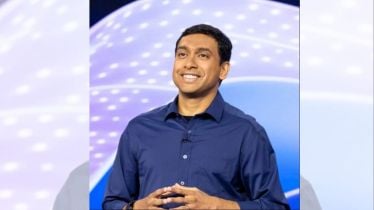Microsoft has recently made a large organisational change. It has reunited its engineering teams under Pavan Davuluri. This is a major step in the company’s plan to push Windows forward, especially with AI features. Prior to Pavan Davuluri’s promotion parts of Windows engineering teams were split between different divisions, like Azure and devices. Now, most of the core work such as operating system fundamentals, security, data, and performance will report to Davuluri.
This unified structure aims to make decisions faster and create a clearer roadmap for Windows. Microsoft calls this change a key moment. It sets up Windows to become an “Agentic OS,” meaning it will have deeper AI capabilities built into how users interact with it.
Who Is Pavan Davuluri?
Pavan Davuluri is not new to Microsoft or to Windows work. He joined Microsoft in 2001. Over the years, he held many roles across operating systems, hardware integration, and device projects.
He has Indian roots. Davuluri studied at IIT Madras, and later earned a master’s degree in electrical engineering from the University of Maryland in the U.S. He played important parts in developing Surface products and improving how Windows and devices work together.
In 2023, when Microsoft’s head of Windows and Surface, Panos Panay, left, Pavan Davuluri took on more responsibility in hardware and Windows areas.
This year, Microsoft has promoted him to President of Windows and Devices. He now leads the charge in redefining Windows’s future.
What This Means for Windows & Users?
Since one leader is leading all engineering teams Windows is likely to move in a more focused direction. Projects that were previously separated can now align better.
“Because AI is now central, we may see Windows systems that understand user needs better, make suggestions more smartly, and work more intuitively” says Microsoft. This shift to an AI-driven operating system is a bold bet by Microsoft.
For everyday users, this could mean smarter features in updates, more seamless integration between devices, and probably the beginning of a new era where Windows is much more “aware” of what you want to do.
Microsoft clearly sees this as its chance to reinvent Windows at a time when AI is reshaping technology. With Pavan Davuluri at the helm, many are interested in seeing his efforts for Microsoft AI programme.
